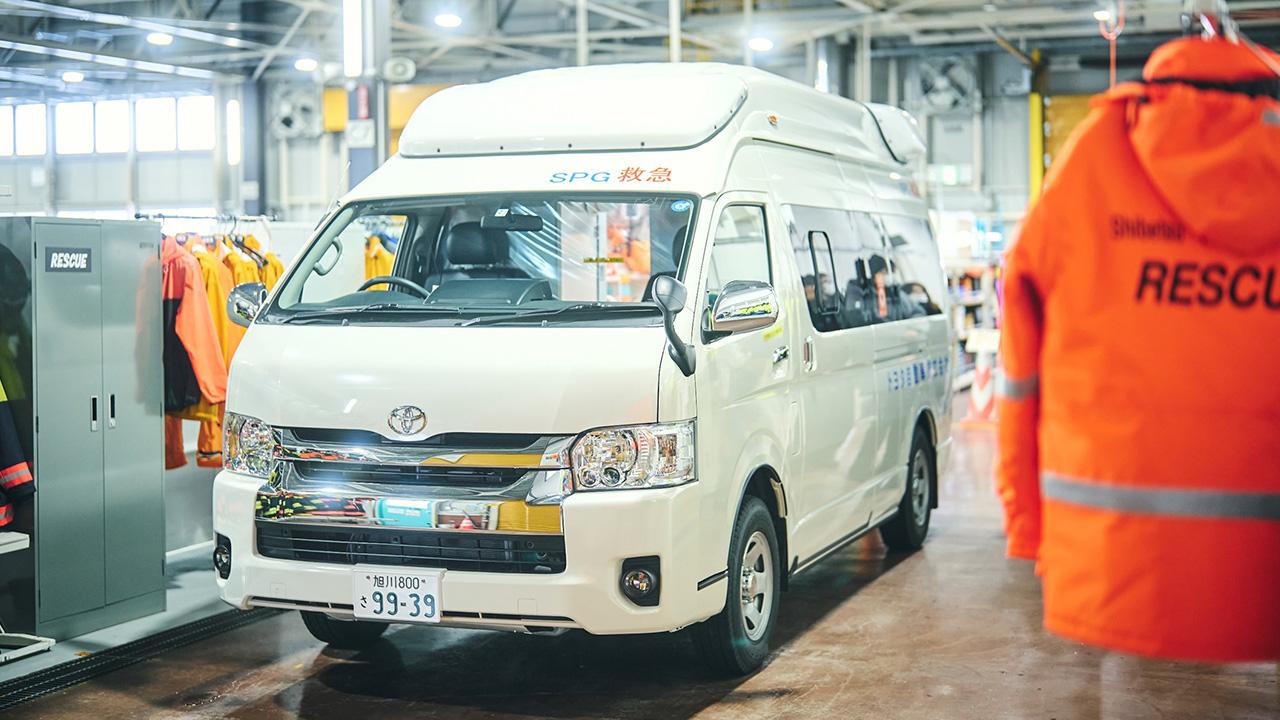
The Shibetsu Proving Ground is a key facility in the making of ever-better cars, and a place filled with creative ideas for ensuring that testing is carried out safely.

As this series has showcased Toyota’s cold-climate testing at the Shibetsu Proving Ground, one aspect that stands out is how often the word “safe” comes up.
At first glance, the work of test drivers, who are tasked with pushing vehicles to their limits in various conditions, appears fraught with danger. So how do they create a safe work environment?
This article takes a close look at the team members who watch over proceedings to ensure safe, accident-free testing.
The meaning of those blue lines
Moving through the Shibetsu Proving Ground’s winter courses, one is surrounded by a snowy landscape of pure white. Except, that is, for the blue lines painted along roadside snowbanks. What could they possibly mean?
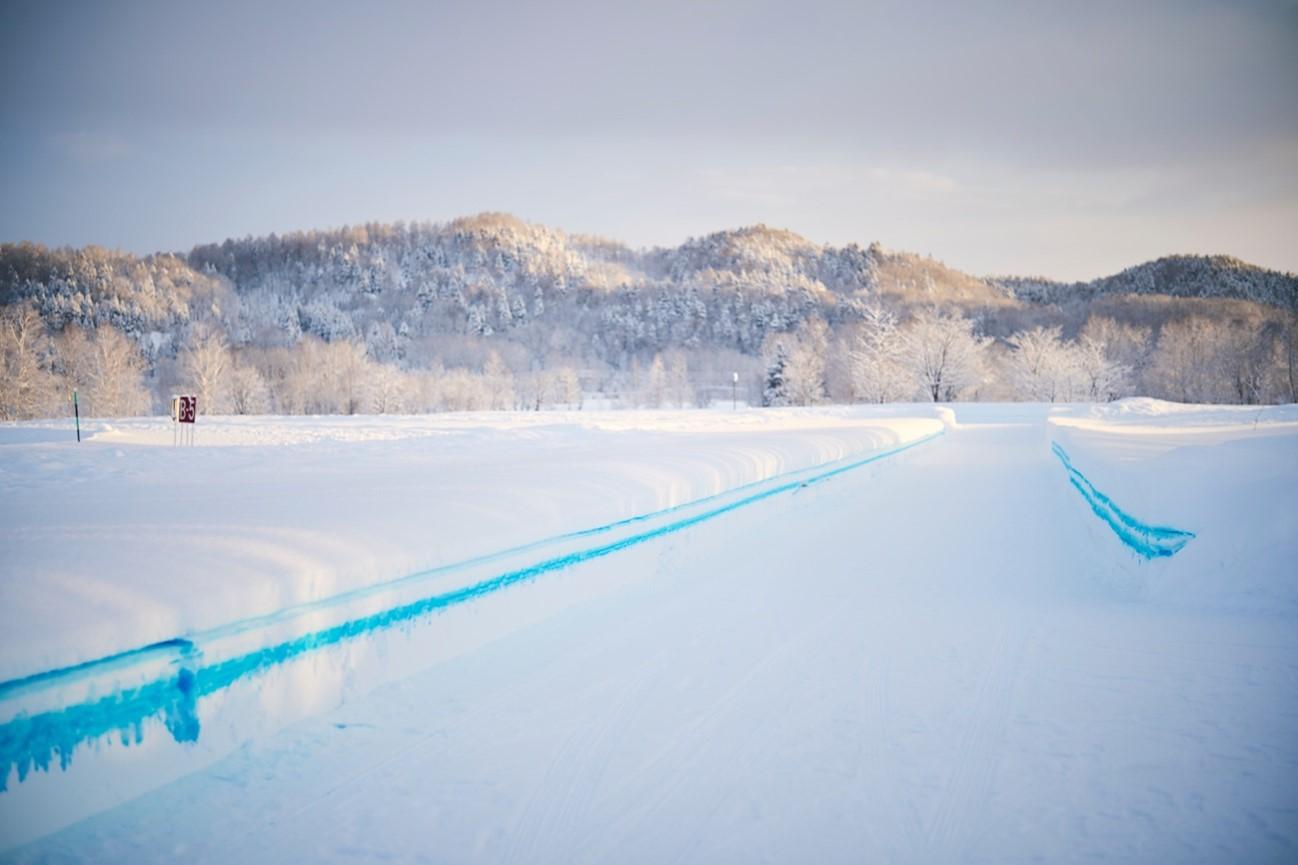
Norio Toki, who manages Shibetsu’s courses, explained what led to the painting of these blue lines.
Toki
People in Hokkaido are used to these conditions, so they can tell where the road ends and the white wall of snow begins.
But those visiting from Honshu(the main island of Japan) take some time to get used to it and recognize those boundaries, which sometimes led to brushes with the snowbanks.
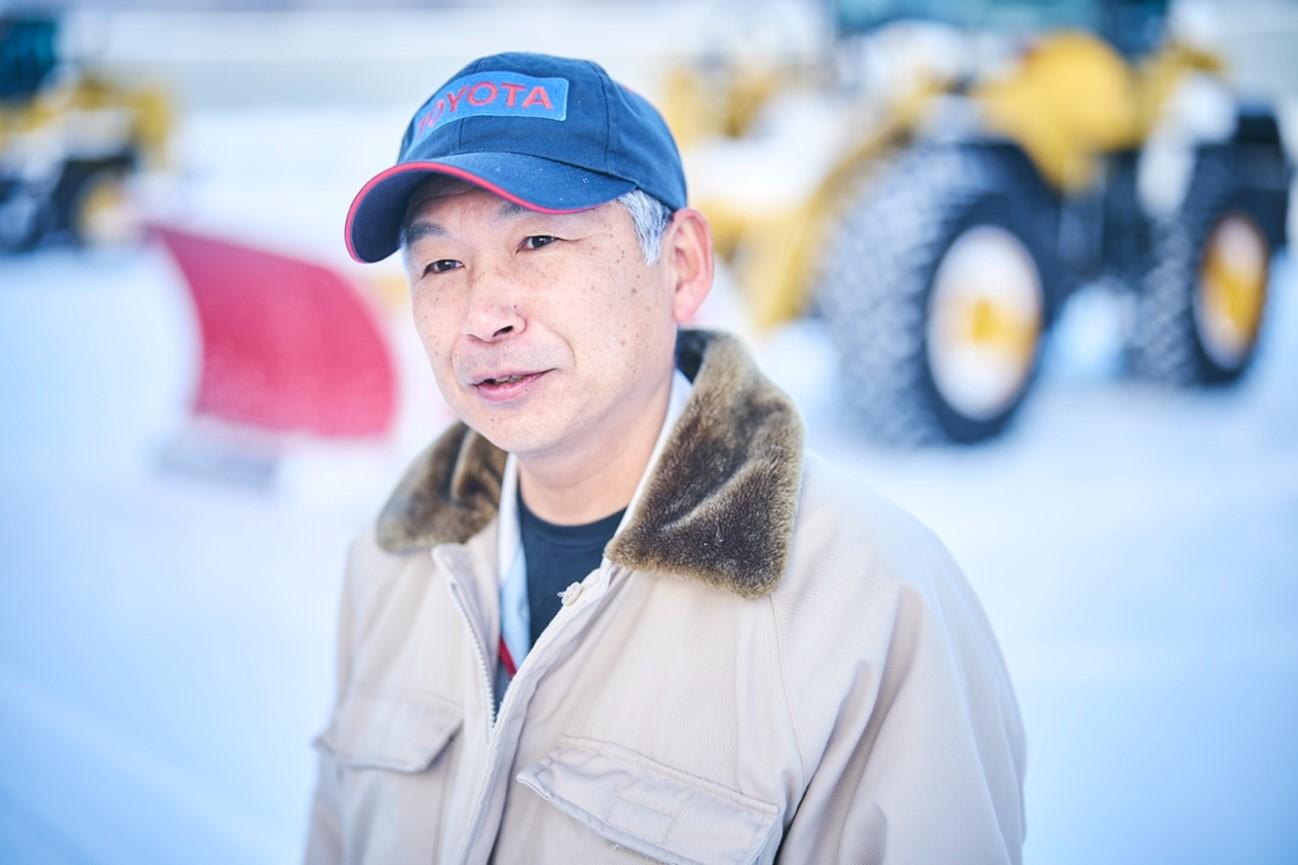
Some 20 years ago, the Japan Highway Public Corporation experimented with painting lines on the highways of Hokkaido. Taking a cue from these efforts, the Shibetsu Proving Ground tried the same approach to help drivers differentiate between road surfaces and the surrounding walls of snow.
As Toki tells, attempting to paint lines on walls of snow was far from straightforward.
Toki
Back then, the only vehicles capable of spraying water were fire engines, to which we attached nozzles to mark the lines, but they proved too large and cumbersome. Instead, we converted a mini truck to create the vehicle currently used for painting lines.
We experimented with various colors for the lines before ultimately settling on blue for its visibility in both day and night. The ingredients are the same as in food coloring, so it’s not harmful to the environment.
The number of cars running into snow walls and getting stuck fell drastically.
Carried out practically every day, this snow-coloring work was tremendously effective.
In addition to the blue lines, snow poles are placed alongside tracks to assist with driving in whiteout conditions. Unfortunately, these also become a nuisance when spring arrives.
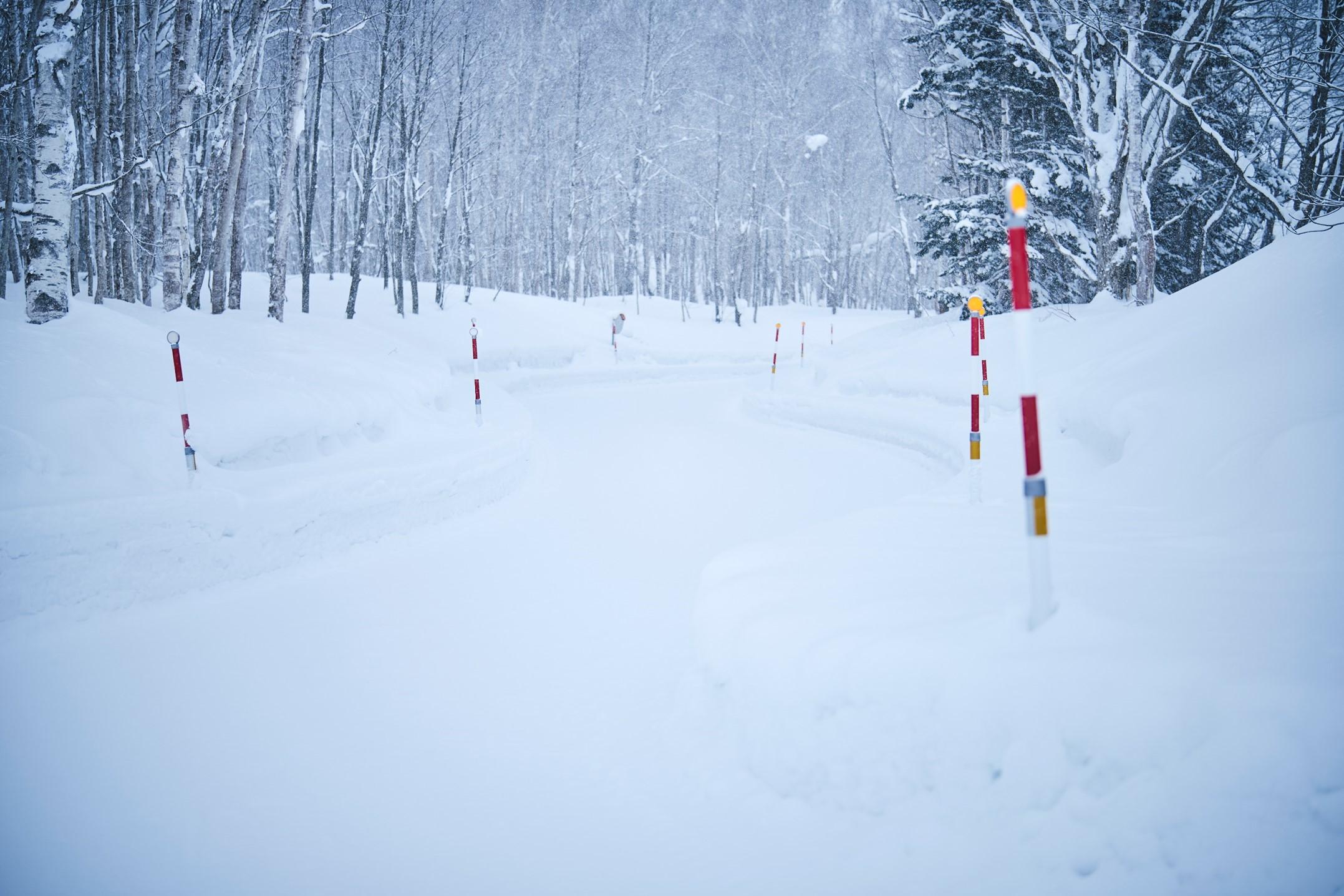
The setup involves anchors, buried around 30cm into the ground where the snow poles are inserted. In the winter, some 2,000 poles are planted around the site, of which 30-40% become frozen in place and cannot be pulled out.
Unless these snow poles are removed, the courses cannot be set up for summer testing. It was Toki who came up with the jig that makes poles easier to pull out.


Toki
I was originally involved in development as a test driver for specific models. Knowing how much everyone struggled with the snow poles, when I asked for a transfer to course management, that was the first thing I tried to fix.
Bringing the perspective of a test driver, Toki was able to eliminate a problem that had previously seemed unsolvable.
Emergency vehicles and special equipment on standby
Even with every precaution in place, the chances of an accident occurring remain.
Shinji Kataoka supervises the courses as part of the Vehicle Engineering Development Division’s Shibetsu Vehicle Testing Section. He took us behind the scenes, where two emergency vehicles—an ambulance and a rescue truck—stood ready.
Of the eight members engaged in course management, the six wearing orange training uniforms would rush to the scene in a rescue situation.
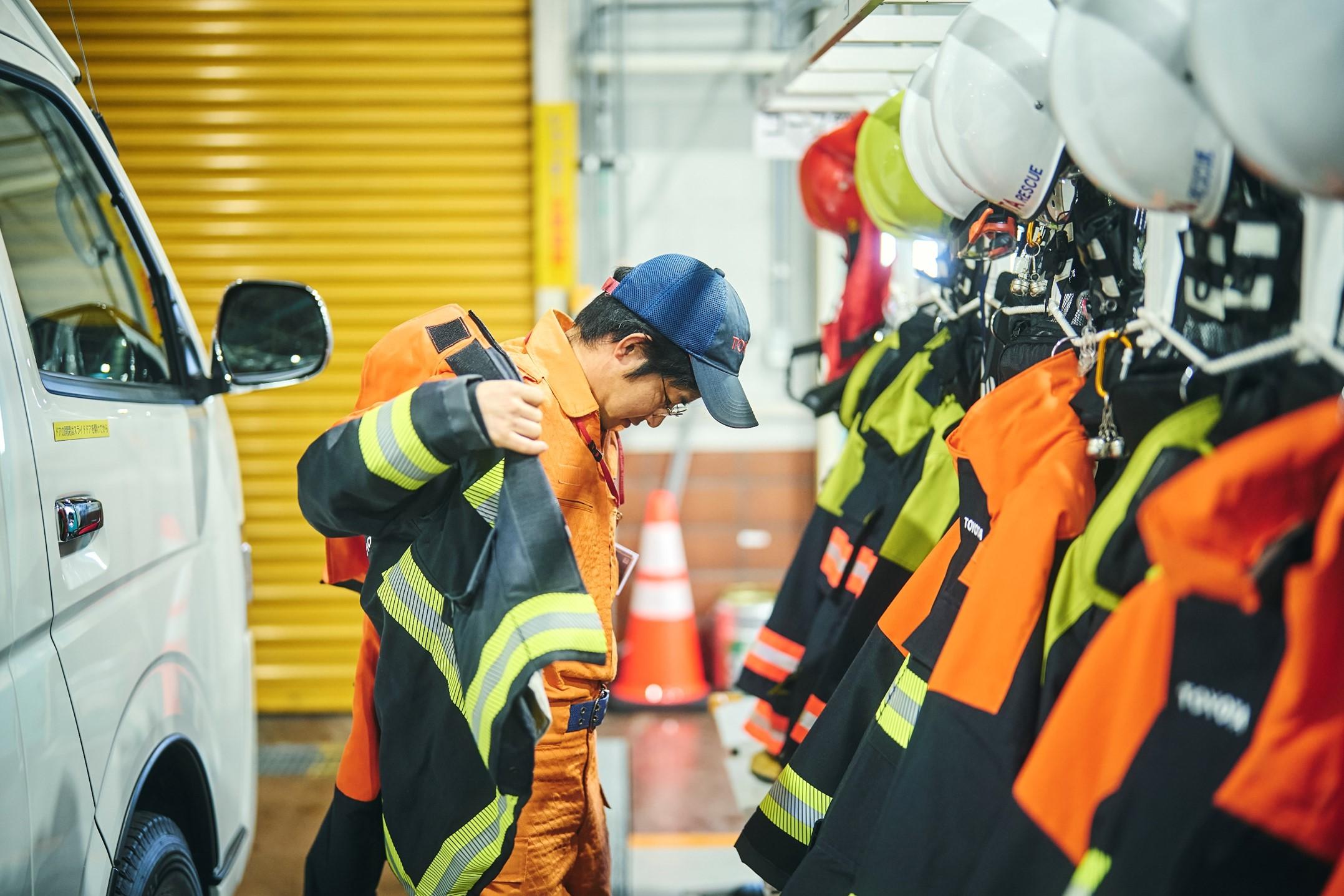
Kataoka

Previously, I worked in a security role, handling rescues and other emergencies. However, when you consider safety on a test course, it made more sense for the people that manage the course—who know what tests are being conducted and where—to be in charge of rescue operations.
To get a better understanding of emergency response, we talked about everyone getting Japanese Red Cross certification in first aid, and now we are certified.
At the Red Cross, Kataoka took courses on cardiac massage and mouth-to-mouth resuscitation and trained in treating injuries, preparing for every eventuality. Eager to go a step further, he also became a qualified first-aid instructor. The Shibetsu facility even has a nurse permanently stationed on site to assist if something happens.
The team also regularly trains in handling an array of specialized equipment. Explaining that they rarely see use, Kataoka showed us inside the emergency vehicles that house some highly unusual tools.

What on earth could that be for?

